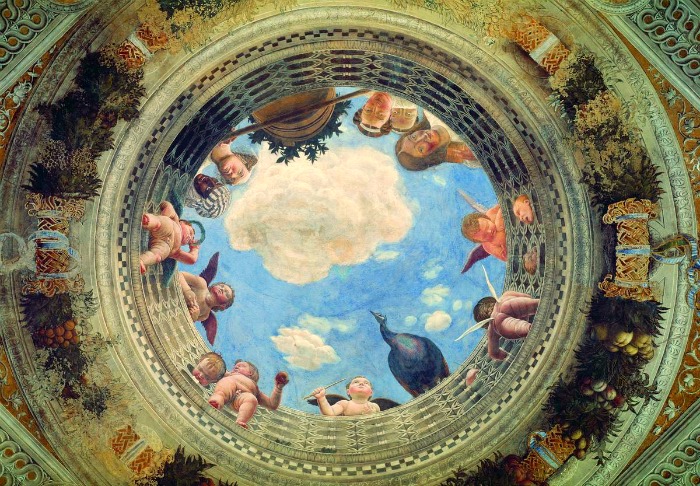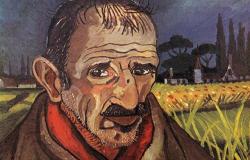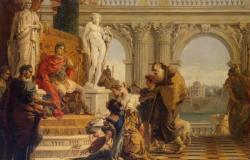Guess the Artwork

Di sotto in sù ceiling fresco by Andrea Mantegna, in the Camera degli Sposi of the Palazzo Ducale in Mantua.
This fresco is one of the first examples of the illusionistic ceiling painting style developed in late Italian Renaissance painting, notably in Andrea Mantegna's oculus in the Camera degli Sposi and in frescoes by Melozzo da Forlì.
The Italian terminology for this technique reflects Melozzo's influence and is called prospettiva melozziana, or "Melozzo's perspective". Another notable use is by Antonio da Correggio in the Duomo of Parma, which foreshadows Baroque grandeur.
Illusionistic ceiling painting, which includes the techniques of perspective "di sotto in sù" and "quadratura", is a tradition used in late Renaissance, Baroque and Rococo art. Trompe l'oeil, perspective tools such as foreshortening, and other spatial effects were used to create the illusion of three-dimensional space on an otherwise two-dimensional, or mostly flat, ceiling surface above the viewer.
It was often used to visually suggest an open sky, such as with the Mantegna's oculus in Palazzo Ducale.
Location
Tags
Topic



